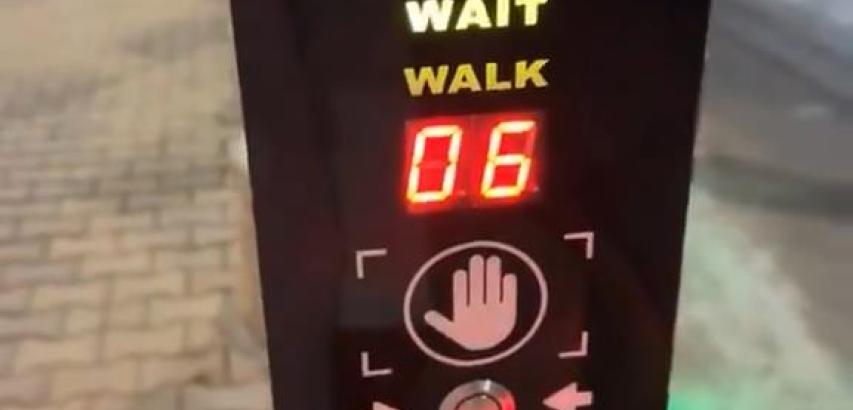Smart traffic signals for street crossings are part of modern smart city infrastructure designed to improve pedestrian safety and optimize traffic flow. These systems leverage advanced technologies such as Internet of Things (IoT), sensors, cameras, and artificial intelligence to ensure safe and efficient pedestrian crossings while minimizing traffic congestion.
What is a Smart Traffic Signal for Crossing?
A smart traffic signal is an upgraded version of traditional pedestrian signals. Unlike fixed-timing signals, smart signals adapt dynamically based on real-time conditions. They detect pedestrians waiting to cross and regulate traffic signals accordingly to prioritize safety and efficiency.
How Do Smart Traffic Signals Work?
Smart traffic signals integrate multiple technologies to monitor pedestrian activity and traffic conditions:
Motion Sensors
Sensors installed near the crosswalk detect the presence of pedestrians waiting to cross.
They send signals to the control system to activate the pedestrian crossing light.
Smart Cameras
Cameras equipped with Artificial Intelligence (AI) detect the number of pedestrians and their movement.
The system dynamically adjusts the traffic light timing based on the pedestrian flow.
Adaptive Signal Timing
If there are many pedestrians, the system increases the duration of the pedestrian green light.
If no pedestrians are present, the signal remains green for vehicles, reducing unnecessary stops.
Internet of Things (IoT) Integration
Signals are connected to a central traffic management system for real-time data analysis and coordination.
This integration helps optimize overall traffic flow in the city.
Smart Activation Buttons
Traditional push buttons are replaced with touch-sensitive or contactless systems (e.g., proximity sensors) for hygienic and convenient activation.
Key Features and Benefits of Smart Traffic Signals
Enhanced Safety
Reduces accidents by ensuring safe pedestrian crossing.
Provides extra crossing time for vulnerable groups, such as the elderly and people with disabilities.
Traffic Flow Optimization
Minimizes traffic congestion by dynamically managing crossing times.
Prevents unnecessary halts of vehicles when no pedestrians are present.
Energy Efficiency
Uses LED lighting for energy savings.
Activates pedestrian signals only when necessary, further reducing power consumption.
Integration with Smart Systems
Can be connected to other smart traffic management systems, such as vehicle traffic lights and traffic monitoring systems.
Improved User Experience
Pedestrians can activate crossings quickly and efficiently using modern interfaces, including touchless technology.
Applications of Smart Traffic Signals
Urban Areas
Deployed in busy cities to manage the high volume of both pedestrians and vehicles effectively.
School Zones and Hospitals
Ensures safer crossings for children, patients, and elderly individuals.
Tourist and Public Spaces
Manages large groups of pedestrians in areas with heavy foot traffic, such as tourist attractions and event zones.
High-Traffic Intersections
Regulates pedestrian and vehicle movement at congested intersections to improve safety and flow.
Challenges of Implementing Smart Traffic Signals
High Costs
Significant investment is required for installation and ongoing maintenance.
Technical Maintenance
Sensors, cameras, and software need regular updates and servicing to function effectively.
Infrastructure Requirements
Older cities may require upgrades to their existing infrastructure to support smart technologies.
System Integration
Integrating smart signals with traditional traffic systems may be complex and time-consuming.
Smart traffic signals for pedestrian crossings represent a crucial advancement in urban infrastructure, improving safety, efficiency, and traffic management. By utilizing technologies such as sensors, cameras, and IoT, these systems ensure safer crossings for pedestrians while reducing unnecessary traffic congestion. Despite implementation challenges, their long-term benefits make them a valuable investment for building safer and smarter cities.
